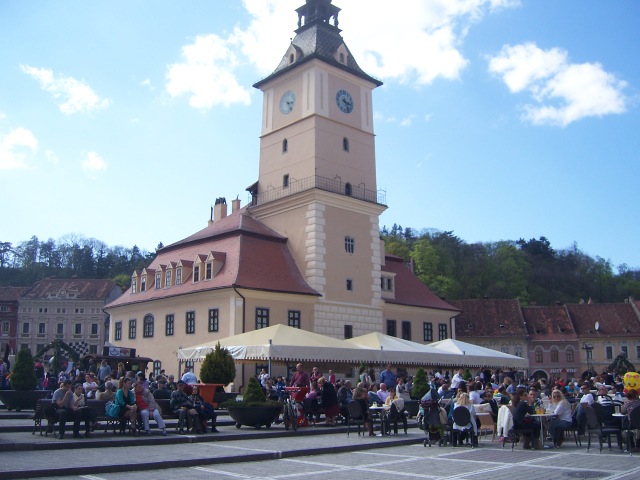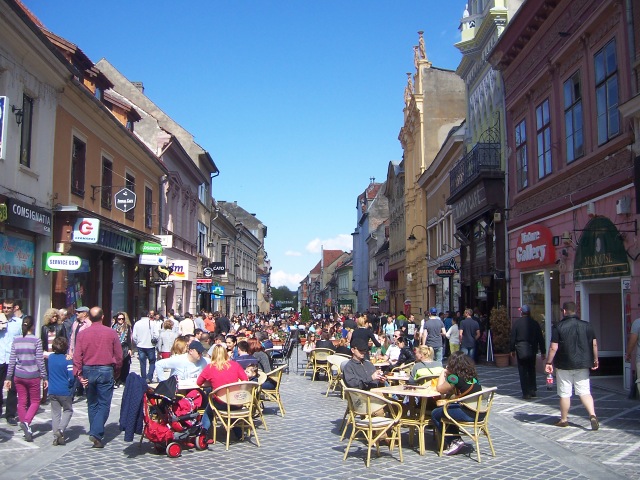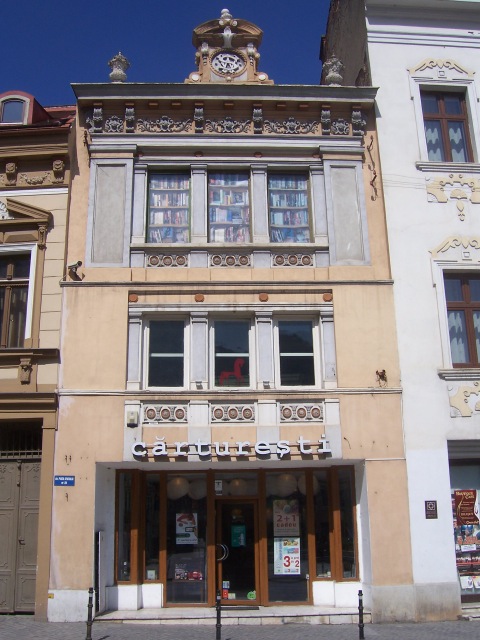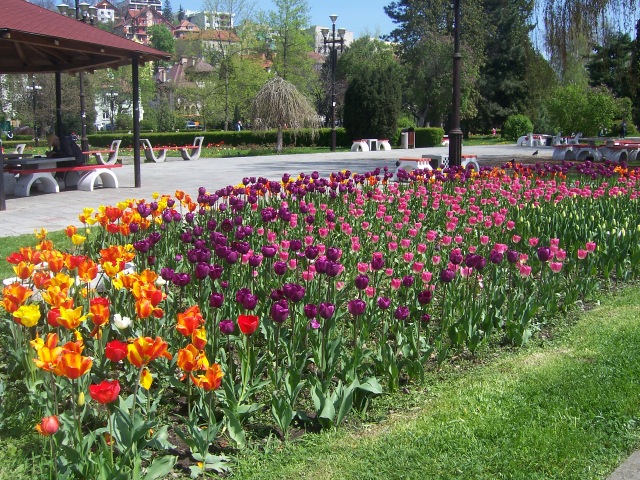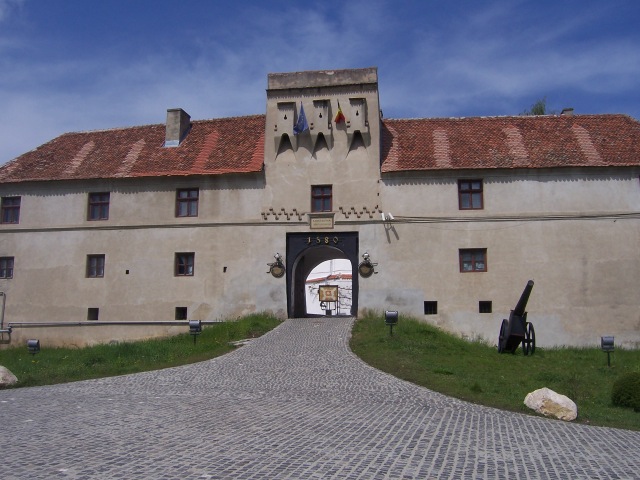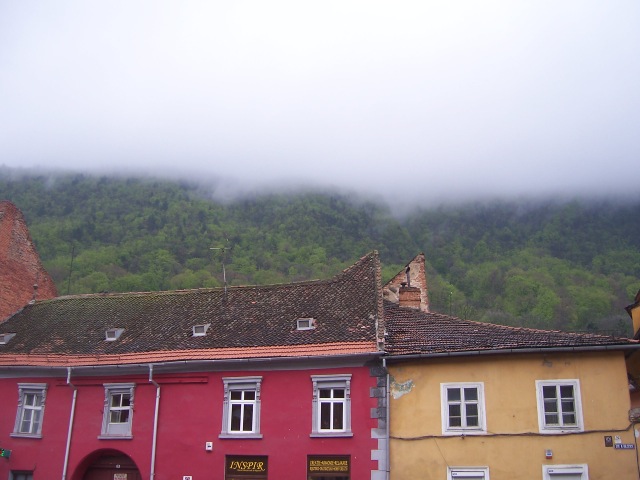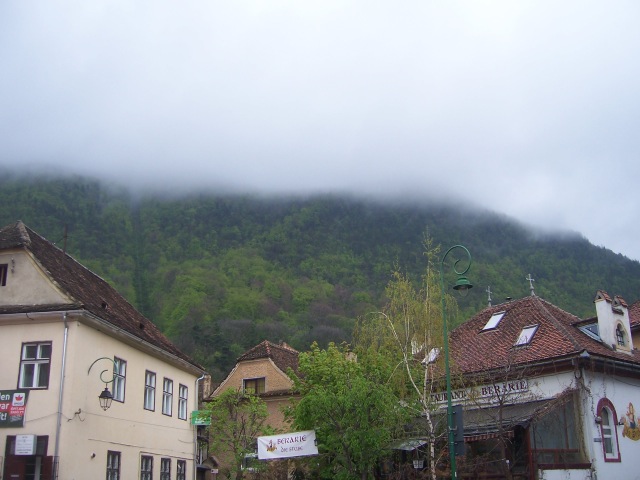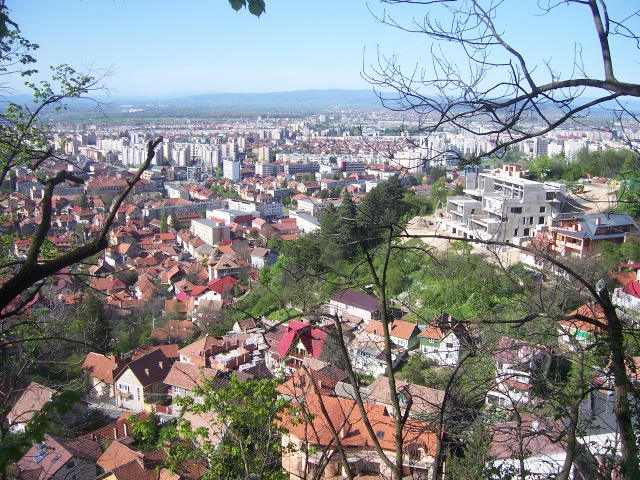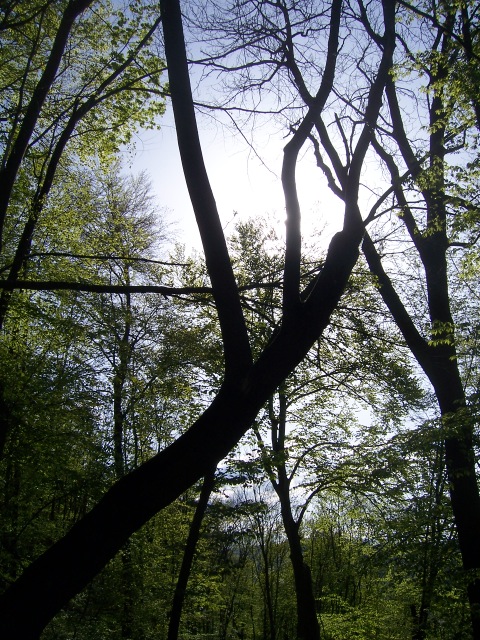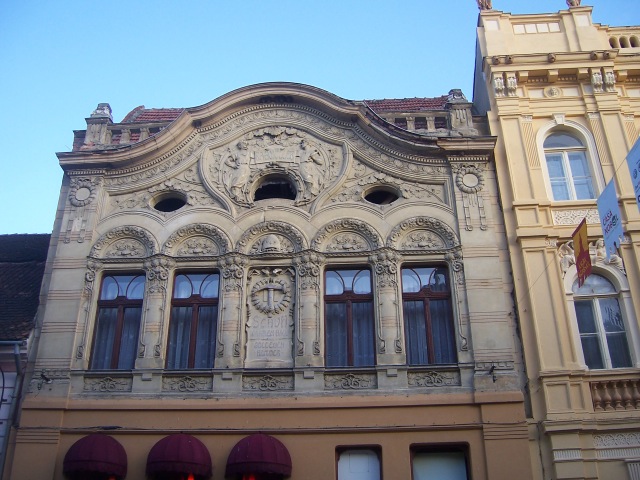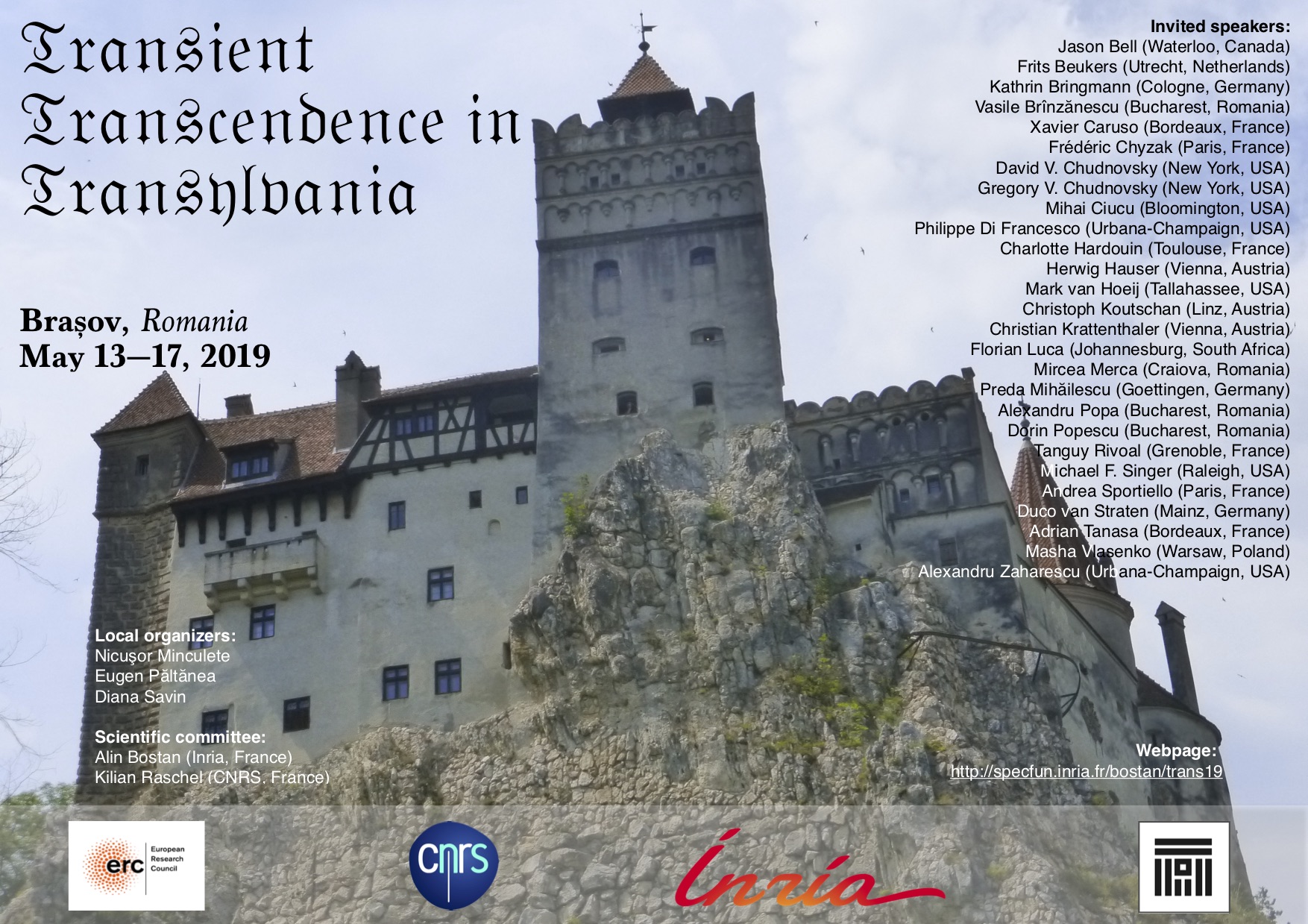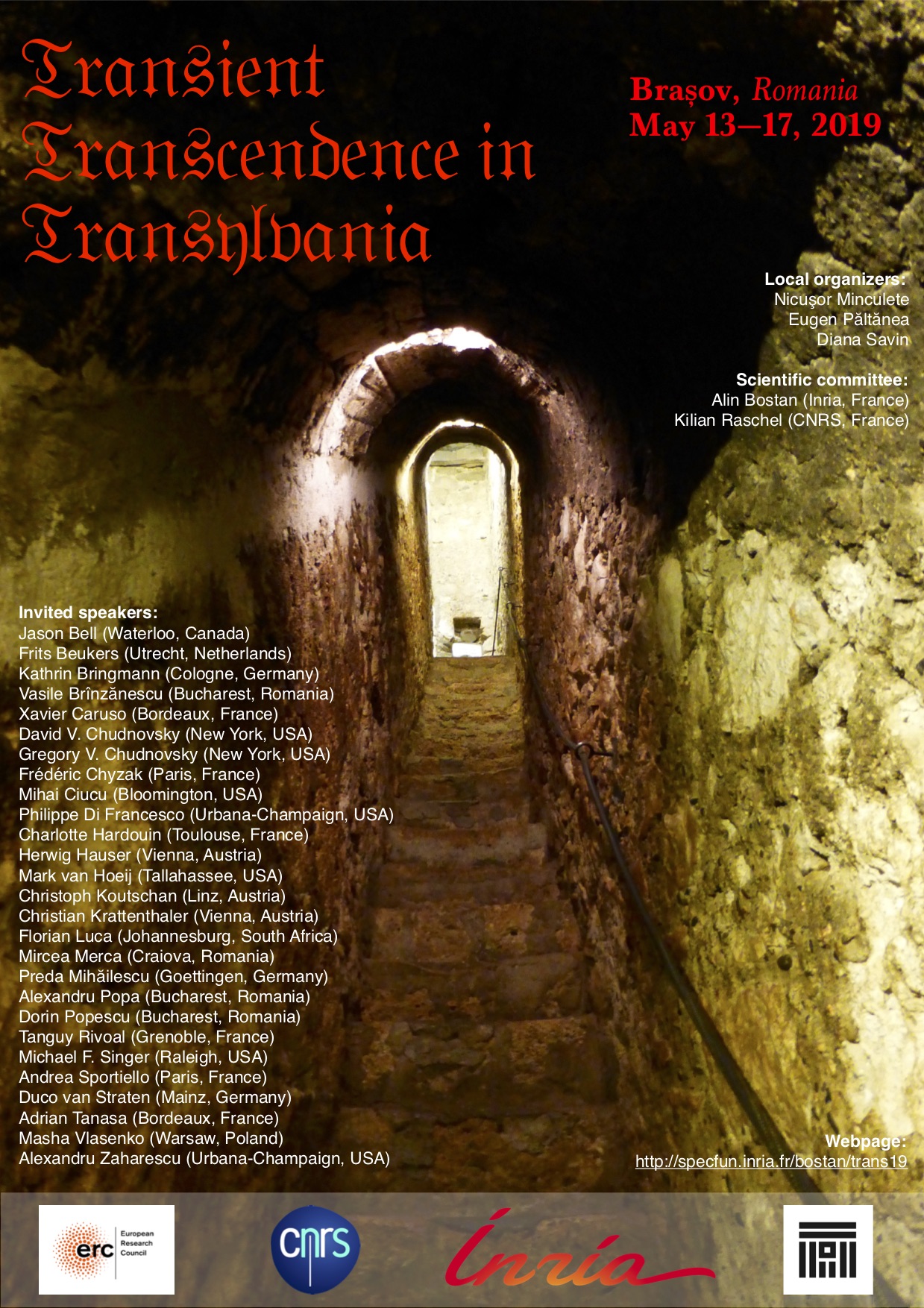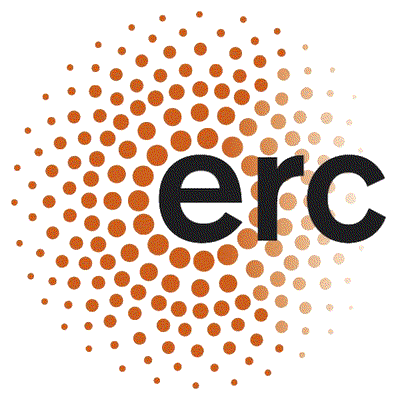Shadowed by mountains and containing a fine Baroque centre, Braşov is one of Transylvania's most appealing cities.
Its medieval old town is a good introduction to the Saxon architecture of the region.
Thanks to Bram Stoker and Hollywood, Transylvania (from the Latin for “beyond the forest”) is famed abroad as the homeland of Dracula, a mountainous place where storms lash medieval hamlets, while wolves – or werewolves – howl from the surrounding woods.
But the Dracula image is just one element of Transylvania, whose near 100,000 square kilometres take in alpine meadows and peaks, caves and dense forests sheltering bears and wild boars, and lowland valleys where buffalo cool off in the rivers.
For the visitor, most striking of all are the stuhls, the former seats of Saxon power, with their medieval streets, defensive towers and fortified churches.
One highlight of this corner is the castle at Bran, which looks just how a vampire count’s castle should: a grim facade, perched high on a rock bluff, its turrets and ramparts rising in tiers against a dramatic mountain background.
The Carpathian mountains are never far away in Transylvania, and for anyone fond of walking this is one of the most beautiful, least exploited regions in Europe.
Its medieval old town is a good introduction to the Saxon architecture of the region.
Thanks to Bram Stoker and Hollywood, Transylvania (from the Latin for “beyond the forest”) is famed abroad as the homeland of Dracula, a mountainous place where storms lash medieval hamlets, while wolves – or werewolves – howl from the surrounding woods.
But the Dracula image is just one element of Transylvania, whose near 100,000 square kilometres take in alpine meadows and peaks, caves and dense forests sheltering bears and wild boars, and lowland valleys where buffalo cool off in the rivers.
For the visitor, most striking of all are the stuhls, the former seats of Saxon power, with their medieval streets, defensive towers and fortified churches.
One highlight of this corner is the castle at Bran, which looks just how a vampire count’s castle should: a grim facade, perched high on a rock bluff, its turrets and ramparts rising in tiers against a dramatic mountain background.
The Carpathian mountains are never far away in Transylvania, and for anyone fond of walking this is one of the most beautiful, least exploited regions in Europe.
This is Brașov!
